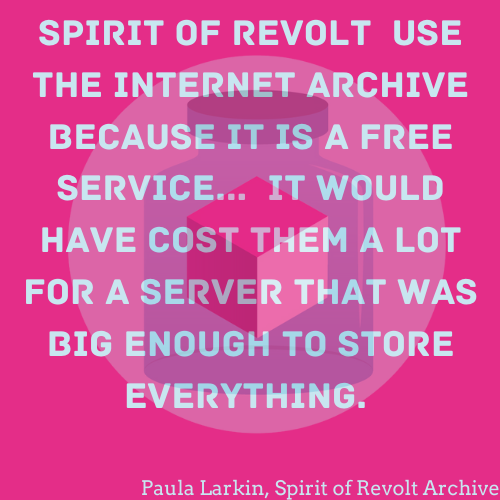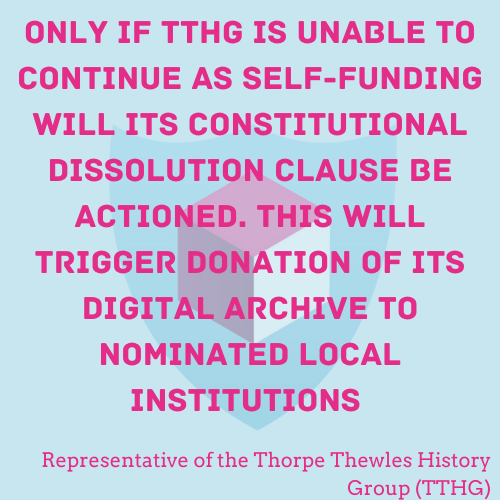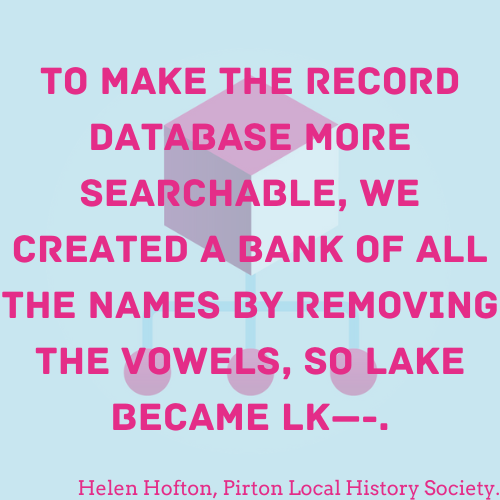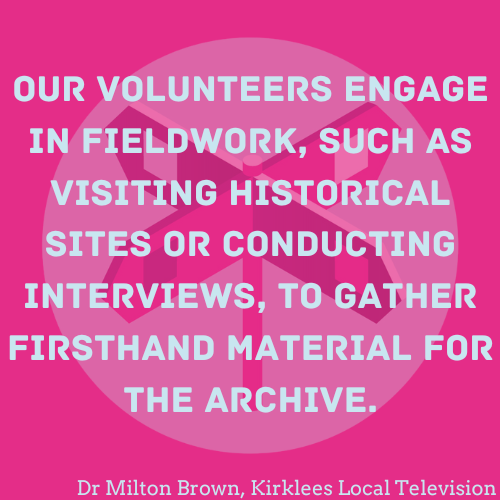Preserve your Website - Level 1
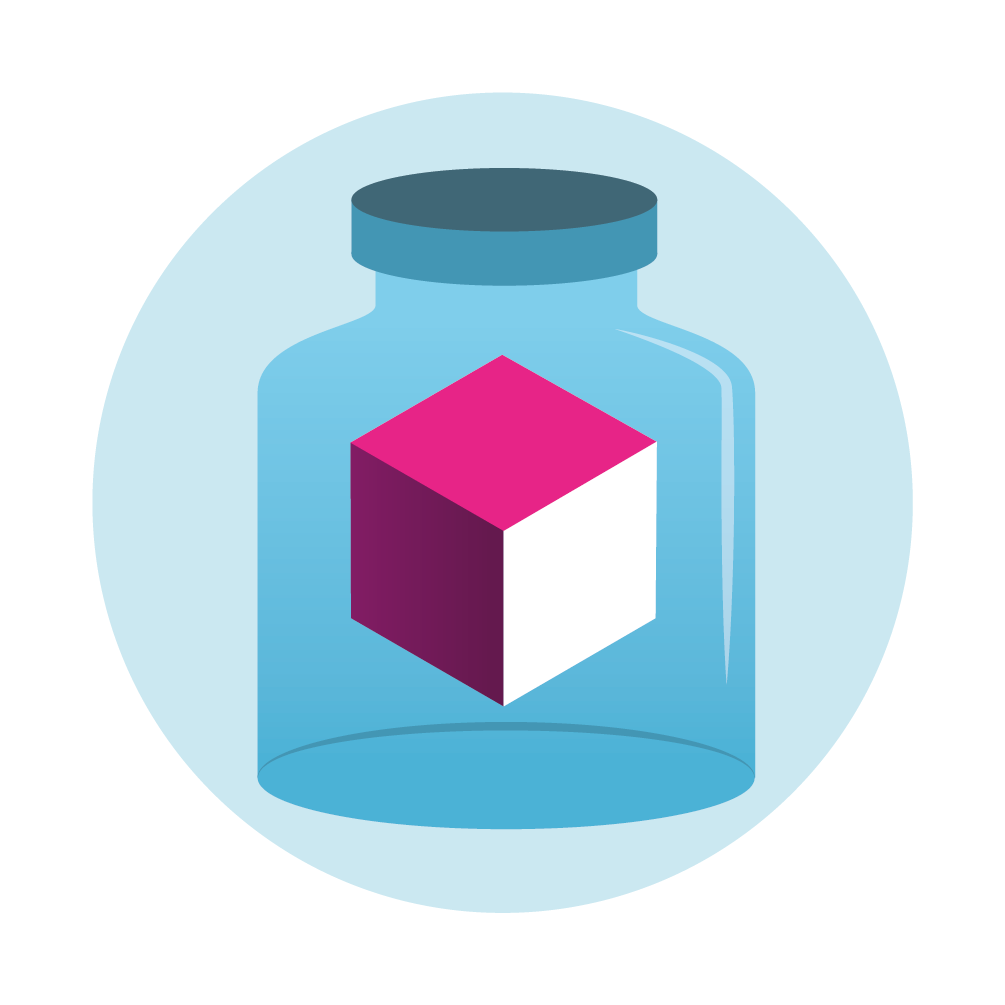 |
Submit Your Website to be ArchivedSubmitting your website to organizations that capture and preserve websites can be a simple and powerful way of protecting your community archive's digital content. Websites only last as long as they are maintained and paid for. Research shows that community websites can often disappear after only a few years. |
Just One Thing
Submitting your website for archiving is straightforward and there are several options.
Many countries have archives dedicated to preserving their national web space. In the UK, The British Library runs the UK Web Archive. You can use the form on their web site to nominate your site for preservation.
The Internet Archive captures websites from around the world. Use the "Save Page Now" feature on their website to point the Internet Archive to capture specific pages of your website.
Safeguard Your Content – Level 1
 |
Plan for the Worst – Expect the BestNo one wants to think of the worst-case scenario when it comes to the collections they look after. But having a plan of what will happen to your collections if you or the group you work with can no longer care for them is one of the most important steps in preserving your collections for the long term. |
Creating a Succession Plan will provide peace of mind that should the worst happen, plans are in place to secure your collections. It is also important to make sure that everyone involved with your group knows what the plan is and how to access it if they need to.
Just One Thing
A one-page plan which documents where the collections could or should go if your organisation can no longer care for them is the focus of this level. Include names and contact details of the people who will be responsible for transferring the collections if this is needed and include any access information that will be required. Do not include names and details of people who have not confirmed they will help.
This template provides more information.
Preserve your Website - Level 2
 |
Make your website archivableSubmitting your web address to a web archiving programme is a great first step, but these programmes have limitations that mean in some cases the full website won’t be captured, particularly interactive or dynamic content. There are steps you can take to ensure as much of your website as possible is captured. This level covers some of those steps. |
-
Basic webpages are far easier to crawl. Bear this in mind when designing your website. Interactive elements may not work correctly when archived. Clear, easy to navigate pages will help your content stand out as well as make the site easier to archive.
-
Once your web address has been submitted and captured for the first time, use the platform you chose to check the capture. Note any pages not captured, or not fully captured. You may need to submit further web addresses to make sure the full website is preserved.
-
You can submit more than one web address from a website. You may need to do this depending on the structure of your website.
-
You can also submit the web addresses of individual images or other media resources that the web pages require to work correctly. This can help ‘patch up’ any gaps in the archived version.
If you have any problems, contact the service you used to preserve your webpages. They will be able to provide guidance and support.
The Internet Archive also offers a more comprehensive service that is free to community archives and can be applied for online.
Safeguard Your Content – Level 2
 |
The More Information, the BetterThe more information you can provide to those taking in your collections, in what is sure to be a stressful and worrying time, the smoother the process will be. Having the following information to hand should it be needed will take away some of the pressure and allow you to focus on any other tasks that need to be completed. |
Information to add to the document you created in level one could include;
-
Collections information – information on size, formats, topics etc.
-
Any platform passwords.
-
Where and how you currently provide online access.
-
Details of people who work with the collections and their responsibilities
-
If the collection is being split, details of where the other parts will be going with contact details.
-
Any permissions or access restriction information (for example, about copyright or personal data).
-
Your Collecting Policy, created in step 1, which will give an impression of the focus of your collections
Working through the other topics and levels in this toolkit should provide you with a lot of helpful information. Keeping all this information together in an admin folder on your computer and printing a copy in case of issues will also be helpful.
This template gives you a place to log all the information you collect.
Next Steps Assuming that you and your group will be the ones working with your content for a long time, it is important to think about the security of the environment your records are in and what you can do to make your content as safe as possible. Level three looks at the steps you can take to achieve this.
Organise your content Case Study
|
Your Name: |
Helen Hofton |
|
Community Group Name |
Pirton Local History Group |
|
Focus of Community Group |
Researching and preserving the history of Pirton village through various media, including books, photographs, audio, and digital archives. |
|
Type of Records held |
Historical records, photographs, audio tapes, videos, and digital files. |
|
Size of collections in GB |
How did you get involved with your community group?
The research group started in the 1980s as a Wea local history class in our Hertfordshire village. About 6 of us decided to write a book on the history of the village. By the 1990s we had collected a lot of data, and we wanted this to be available to people across the world. So, we used the money raised by the book to fund an open access website. The composition of the group has changed over the years and I, as chairman began to ask people with different skills to come on board for different projects. When we were doing a project recording timber framed houses, a surveyor and an architect from the village joined me.
How do you collect material for your collections?
Initially we collected material from the county record office, I photographed records of people such as land tax, quarter sessions, overseer’s accounts, rates etc and we input this information into an excel spreadsheet. These files are available on the website. We also collected old photographs which were scanned by the local museum. They kept the negatives, and we had a print copy. Audio tapes and later videos using an iPad, were made of elderly residents.
What processes are in place to manage and process your collections?
Archive records such as census, probate, lay subsidy, saved as excel files were then input into a relational access database of people. About 28 thousand records and each had an individual identifier, but because of non-standardised spelling, searching by name was difficult. To make the record database more searchable, we created a bank of all the names by removing the vowels, so Lake became LK—-. Recently another spreadsheet of house records, i.e. manor court rolls, land sales has been created and this links to the people database.
The audio tapes were digitized by the British Library as part of the Unlocking Our Sound Heritage project. The old photos are scanned and saved as TIFF s for publication or JPEGs for the website. We have our own YouTube channel for our historical videos.
How do you preserve your collections?
Most of our collections are on the website. The website is a free resource bank for articles, essays and further research on the history of the village. The website hosting is currently funded by sales of our book but in the future, I would like it to be funded by the Parish Council. The site has been deposited on the UK WebArchive but this is not searchable. In the short term all files are backed up daily on my NAS. The Hertfordshire Archives (HALS) has only just started digital collecting and preservation although there are over 25 excellent local history websites with digital records in the county. We have approached TNA about preservation of these websites, but it seems that amateurs, without standardisation, are ahead of archivists by nearly 20 years.
Organise Your Content – Level 1
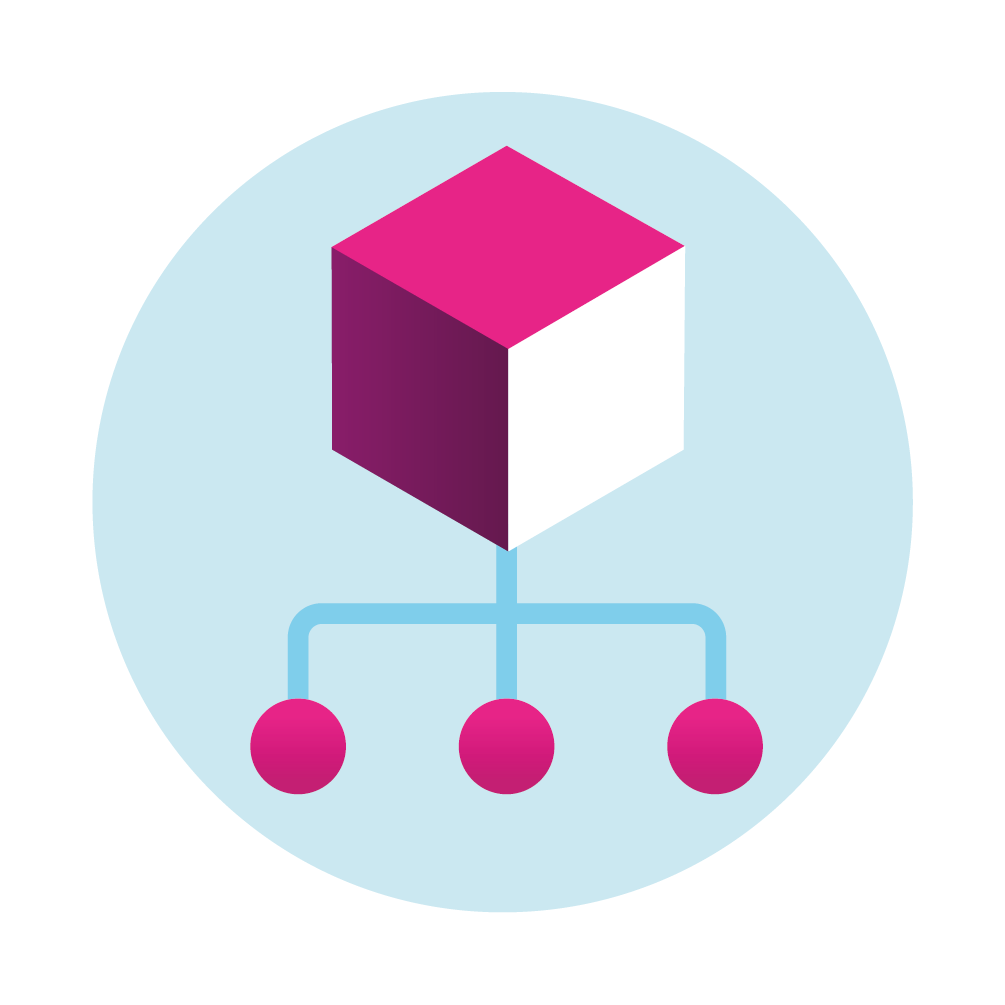 |
Naming conventionsNaming files is important, not only so you can find them again, but also so anyone accessing the records can easily find what they are looking for. How you name your files will depend on the content you have, but in general, file names should be as short as possible while clearly identifying the record. You can also include dates in the file name if this is useful but use the same date format for very record (for example 28112012 or 28th Nov 2012). |
Just One Thing
Decide how you want to name your files and use this method to name every digital file you collect. Write down the method you have chosen and make everyone who will be naming records aware.
This document contains advice about deciding on and implementing name and date conventions.
Create/Choose Your Content - Level 3
 |
What to keepThe process that involves reviewing records to decide if they should become a part of your collections is known as appraisal. There are two situations where appraisal is needed;
This level discusses these scenarios in more detail. |
Reviewing content being offered by a potential donor
If someone is offering you content for your collections, it is important that you evaluate that content against the criteria you set out in your collecting policy to decide whether it should be part of your collection. If you decide it should be, you can accept the content using the process you have in place (remembering the plan to share level 2 advice).
If you decide that the content is not suitable for your collection, it is important to explain clearly why this is the case, so the donor is not offended or discouraged from approaching you in the future. You could suggest other archives where the content might be a better fit.
Reviewing collections you currently hold against your collecting policy
This task can be carried out at a time that suits you or be tackled gradually, one collection at a time if needed.
Once you’ve assessed the content against your collecting policy, you need to decide what to do with it. You have several options
-
If the content has no value at all, you can destroy it.
-
If the content would be more suited to another organization or community group, contact them and ask if they would like it.
-
If it has useful information but no historically unique value, it can be removed from your collection but kept in a reference section.
-
If the content fits with your collecting policy, keep it as part of your collection.
Whatever situation you are working within, the following steps should be followed.
-
Write down each decision you make and why you made it. This will be useful if someone asks in the future why a particular collection wasn’t kept. Make sure this document Is available for anyone who may need access. Store this with the other documents you have created throughout level one and two.
-
Always consider how the donors you are working with will feel about what is happening with their material. Empathy and clear communication are essential.
Create/Choose Your Content – Level 2
 |
What to collectWhen planning to preserve digital records, there are many different options and a range of different processes to think about. Your policy from level one stating what you will and won’t collect is a good start, but being clear about what you want to collect, how you will collect it and how you will identify content you want to add to your collections, will help you grow and organise your collections in the best way. |
Things to think about
-
What do you want to collect?
-
What will you collect? What will you not collect?
-
Are you collecting everything related to your theme, or only certain topics/ records? Are you only collecting photographs, or content in other formats? Do you want everything you can find, or do you only want records from certain sources?
-
Is this material already collected somewhere else? If so, does it need to be added to your collection (most likely not)?
-
Do you need to focus on certain types of data or specific file formats?
-
Do you already have a collection? If so,
-
Do you want to keep everything you have?
-
Are there gaps in your collection you would like to fill? Is it possible to fill them?
-
How will you collect?
-
Do community members donate content?
-
Do you need to locate content and ask for it to be donated?
-
Are you creating your own content, such as oral history recordings?
-
Who is the audience of your collection?
-
How will people in your community access the collection?
-
Do you want people outside of your community to access the collection, if so, how will they do this?
What to do
-
Write down your answers to the above questions. Use short sentences and plain English. Bullet points are great!
-
Make the document easily accessible, and share with everyone who works on your collection
This template will give more guidance.
Choose/Create Your Content – Level 1
 |
Selecting your contentWhether you are just starting to think about creating a collection, or you already have digital content in your care, documenting what you are collecting will make it clear what you want to collect and where you will get the content from. This will be useful to point to if you are offered a collection that doesn’t fit with the rest of the collections you hold. It will also help you to identify any gaps that you may want to fill. Including where your collections have come from will help with future processing work and give you somewhere to start if you want to collect more records in the future. The most common way to document what you collect is by creating a collecting policy. A collecting policy aims to set out your principles and criteria for selecting and acquiring collections. A good policy doesn't need to be too lengthy or detailed, as long the statements in it are clear. |
Just One Thing
Write a one paragraph collecting policy that states what you will and what you won’t collect. Make it available to everyone who works with your collections to help you to streamline your collecting process and ensure you only collect the records that fit with your organisation's remit.
This collecting policy template will help you get started.
Subcategories
Template for building a Business Case
This section provides guidance on the content that will be useful to include in your business case, but it will likely need to be adapted to the structure used in your organization’s template.










































































































































